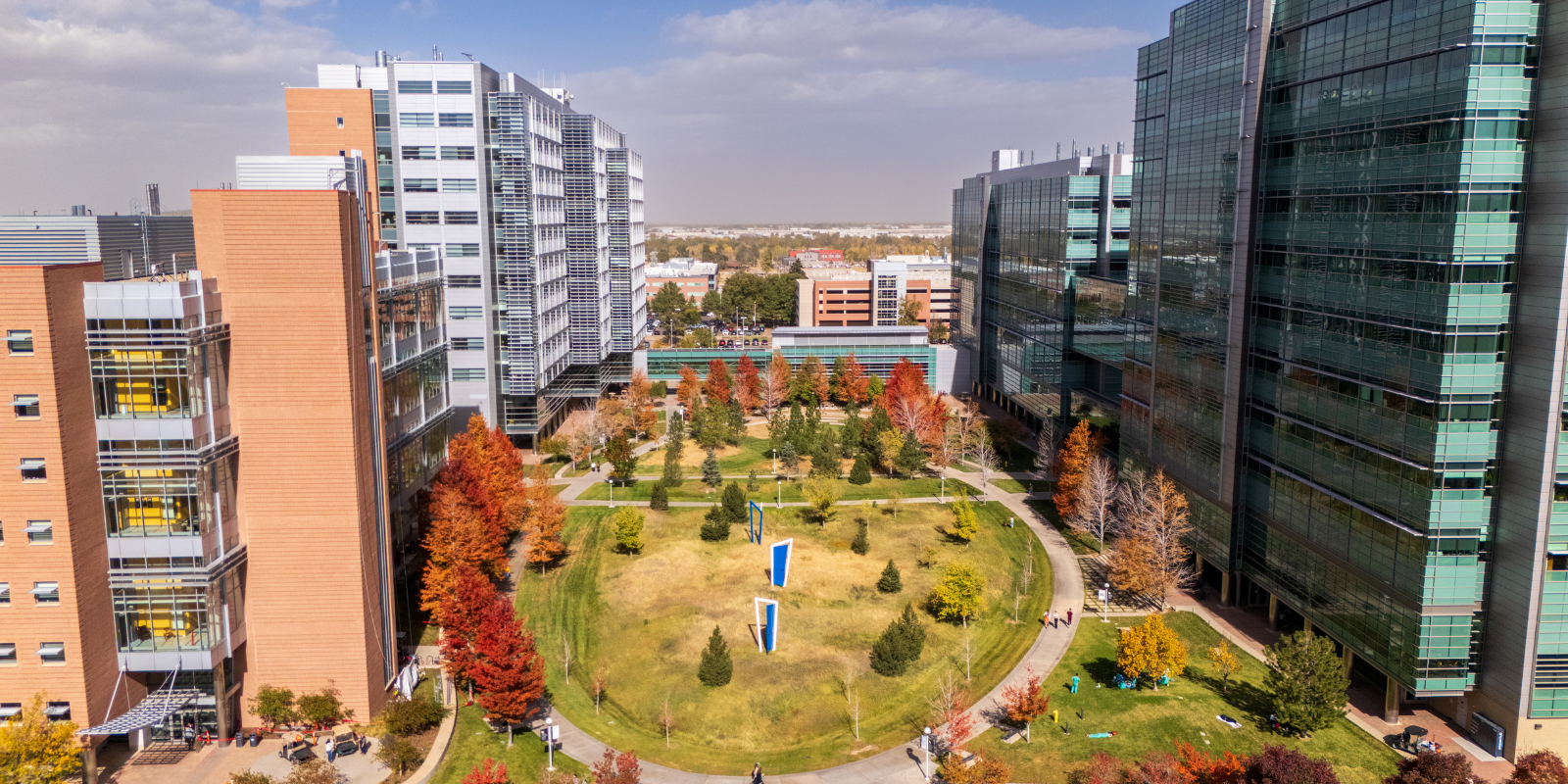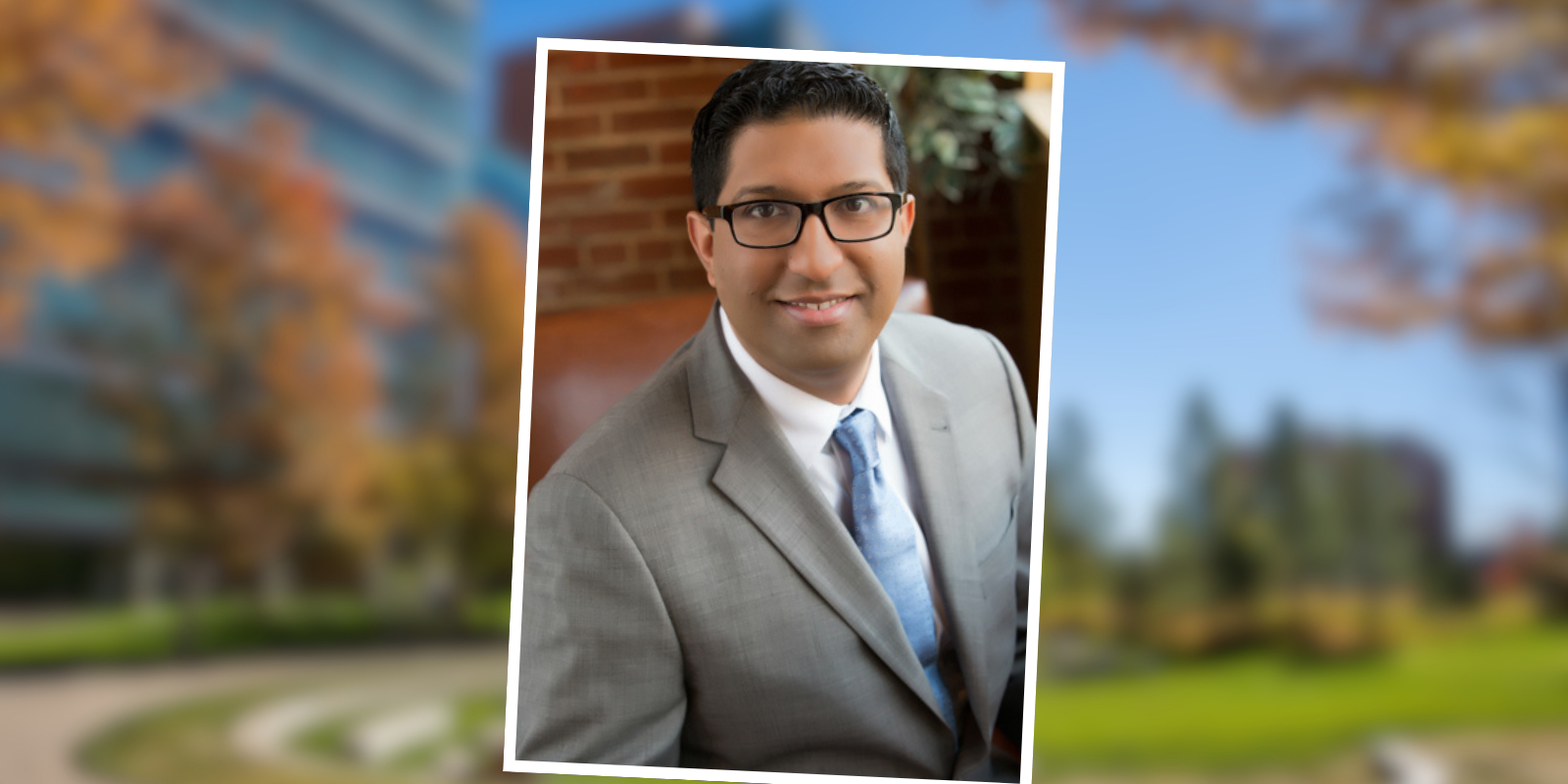Eunice Spackman was born on her family’s high plains homestead near Akron, Colorado. She rode a horse two miles to and from school each day, a path so familiar that the horse wouldn’t deviate from it even when she wanted to go visit a friend.
Growing up during the Great Depression, she learned fundamental life skills like budgeting and homemaking, as well as the humility, independence, and generosity that guided her life. While building a life with her husband of 69 years, Everett, and raising their four sons, she was always lending a helping hand.
In a remembrance of his mother, Spackman’s son Lowell wrote, “It’s very striking of mom’s values and unselfishness that her final gift was helping in education.”
“We’re all part of something very special that happens when somebody makes that decision to will the use of their body in such an intimate way.” - Mike Pascoe, PhD
Spackman was one of more than 150 people honored Wednesday evening in the Donor Memorial Ceremony, an annual event during which students from programs across the University of Colorado Anschutz Medical Campus honor and thank those who donated their bodies to the Colorado State Anatomical Board to support anatomy education.
“We’re all part of something very special that happens when somebody makes that decision to will the use of their body in such an intimate way,” said Mike Pascoe, PhD, an associate professor of physical medicine and rehabilitation in the CU Physical Therapy Program and course director of clinical anatomy. “I think everybody is impacted from the time the decision is made until the anatomy course is completed.”
“The last of what he could give”
For Kate Kelson, a first-year student in the CU School of Medicine, entering the anatomy lab for the first time evoked a collage of emotions – excitement, trepidation, nervousness. She remembers gathering with her classmates around their donor’s body for the first time and, during a minute of silence to honor the tremendous gift, looking at the donor’s closed eyes.
“I think about the neural pathways that allow us to see light, photons traveling all the way through the vitreous humor of our eyes to react with rods and cones, signals traveling across nerves, criss-crossing our brains, sending back out nerve signals to our muscles so we can smile at our loved ones,” Kelson said. “The gift the donors have given us is not just the ability to see and study the structure of the eye or to know empirically the pathways that allow our brains to see. Donors remind us of the humanity behind those structures, the reason those functions are important, and the ways in which those functions make us human.”
In remembering her brother, David Earl Faris, who was one of the donors honored on Wednesday, Franci Neel remembered so many touches of humanity that made her brother exceptional: his love for travel and art, museums and opera, his skills as a chef, his lifelong passion for tennis, as well as an honor roll of educational achievements that included two PhDs.
“He taught me to always be curious and step outside the box,” Neel said. “He was kind and generous, and so enthusiastic to be able to donate his body for such a worthwhile purpose.”
That same desire to give guided Donald Bartels’ decision to donate. His son, Benjamin Bartels, noted that his father was always the person volunteering to organize the Christmas program at church, serve as Sunday School superintendent, and check in on people when they were sick. He donated blood so regularly that he was a member of the “10-gallon club.”
“He gave what he could,” Benjamin Bartels said of his father. “This is why he donated his body for the training of medical students. It was the last of what he could give.”
Seeing the person in the donor
Julie Swaney, M.Div., an assistant adjunct professor of internal medicine in the CU School of Medicine, noted that while in the anatomy lab, students were expected to embrace paradox, remaining “distant and detached while empathetic and caring, that you remain attentive to detail and aware of the big picture, that you were both scientific and compassionate, that you understand death in order to embrace life,” Swaney said. “This paradox will follow you in all of your careers, so live it boldly.”
For Matthew Sellen, a student in the physical therapy program, an initial desire to maintain emotional and psychological separation between himself and his donor gave way to stepping across that divide and begin seeing the donor for the human he was.
"All of these things are not just anatomical, they’re experiential and to fully understand them we need to see, hear, and understand those experiences.” - Matthew Sellen
Before every lab session, Sellen thanked the donor “for the opportunity to work with and learn from him,” he said. “It was necessary to see the person and not just the body that was in front of me. I became more careful, vigilant, and curious in lab sessions, because I felt like this person was counting on me to take in everything I could. It became an entirely new, rare, and exceptional experience. I began to see that lifetime of experiences in his body in the form of scars, tattoos, a pacemaker, a joint replacement, and so much more. All of these things are not just anatomical, they’re experiential and to fully understand them we need to see, hear, and understand those experiences.”
Pascoe told the donors’ family members who were attending the ceremony that their loved ones have and will continue to indirectly impact patient care for so many by guiding students in understanding how the human body is organized.
“I hope you leave with a sense of how truly appreciative we are of the gift your loved ones gave,” Pascoe said, adding that for the students in attendance “you have such encouragement from your donors because they believed in you so much that they made such a significant act of giving something they had been with their entire lifetime.”



